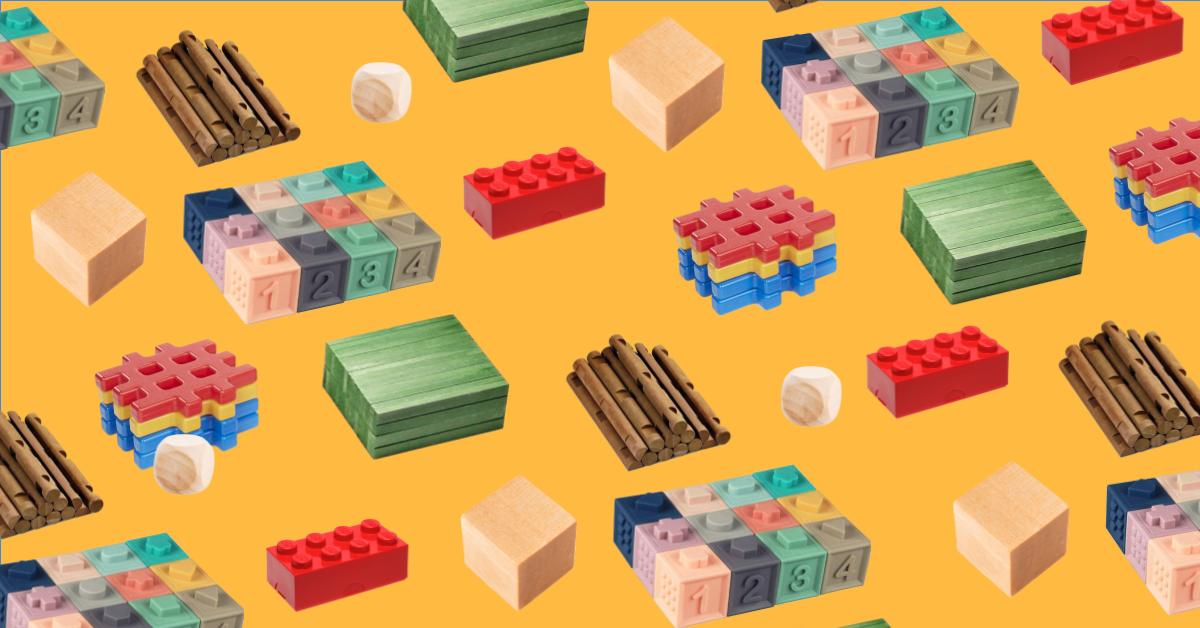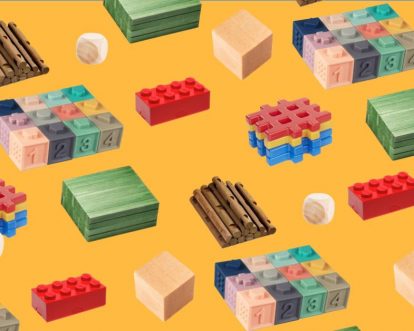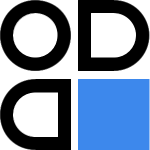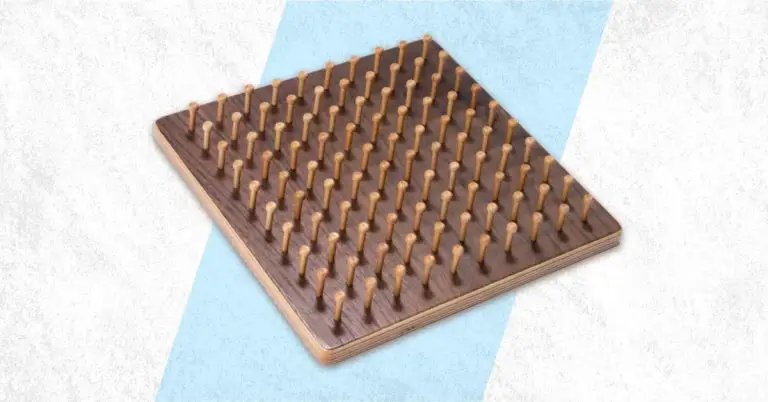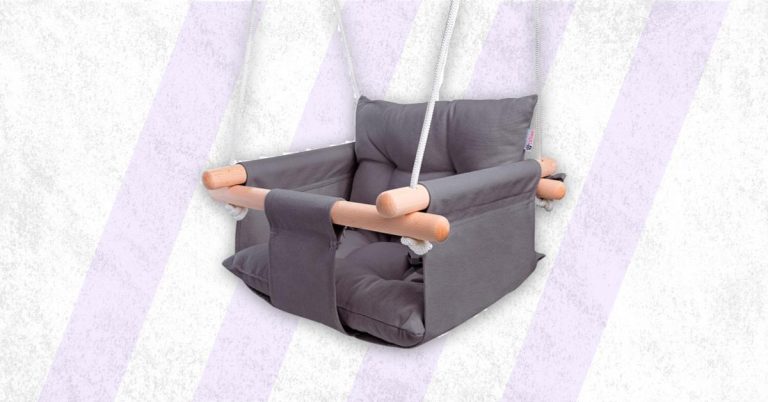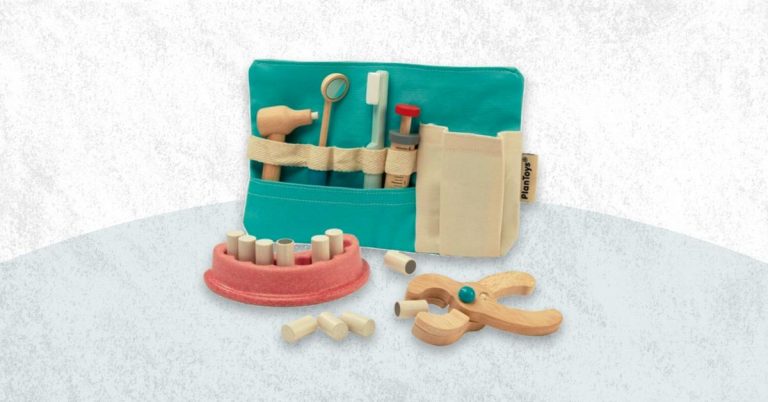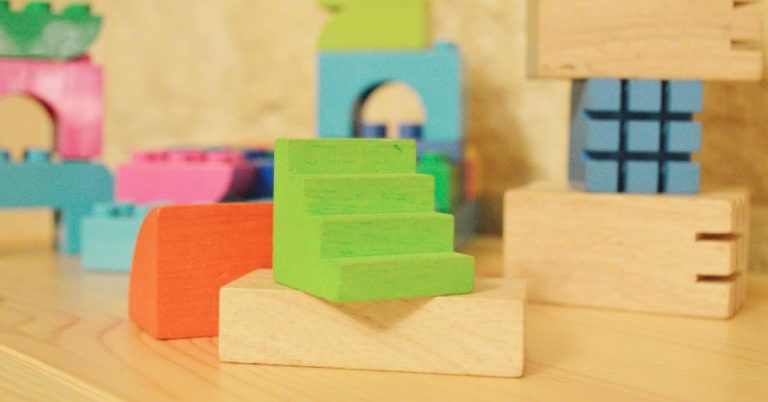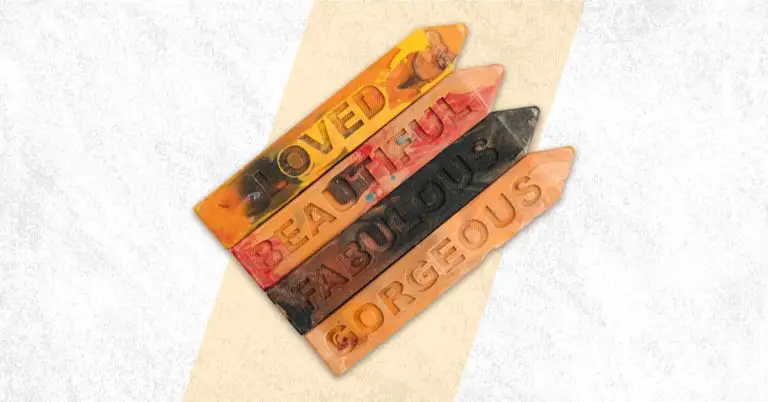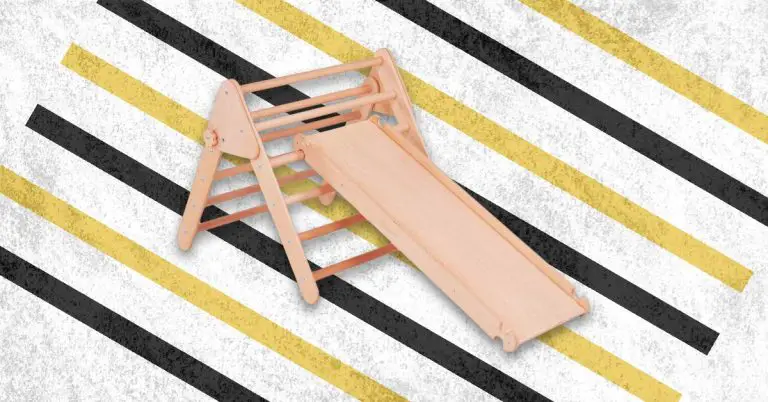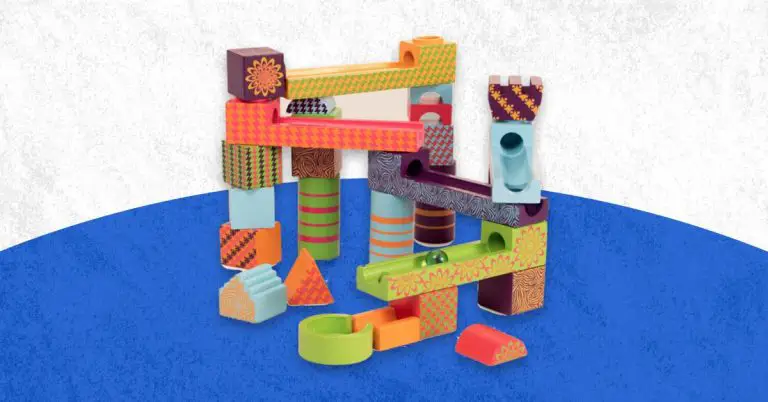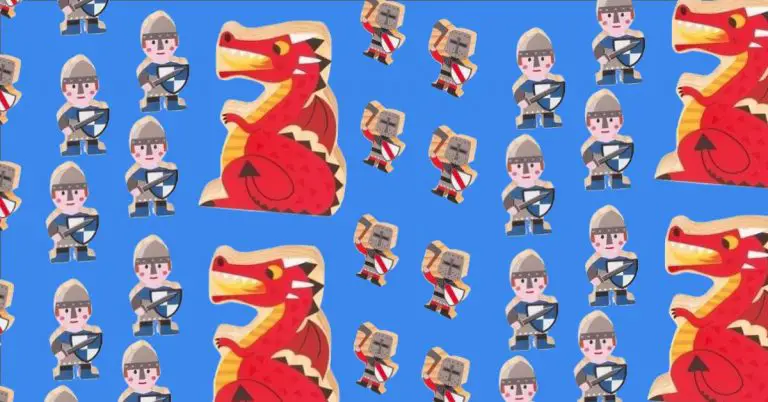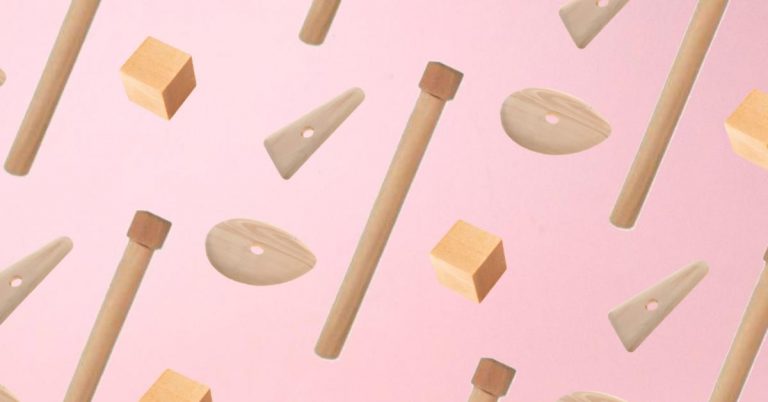What are the different types of building blocks for kids?
When I was just getting started with Oddblocks, I had the exact same question as you. Like most people, I’d known about Legos forever.
But in the past couple of years, I’ve made life choices that mean I’m working and playing with blocks just about every day.
I’ve learned that there are so many different kinds of building blocks out there, it’s almost hard to fathom.
But if you’re here today, and your blocks knowledge stops at Lego’s — then there’s something we have to do about that.
Stick with me on this Building Blocks 101 crash course, and by the end of it, you’ll understand the different types of block toys better than 99% of the population.
Affiliate Link Disclosure – If you see a product you like and click through to buy it, I would genuinely appreciate it. I may earn a small commission — at no extra cost to you. It would mean a lot, thanks!
Building Block Toys 101: A Friendly Introduction
I completely understand where you’re coming from. “Building blocks” is an extremely broad concept.
It can mean everything from those plastic building blocks you know well from brands like Legos, to those wooden building blocks you see in a nursery, to those concrete building blocks used for constructing homes and other inhabitable structures. Building blocks even have a symbolic meaning for the fundamental pieces that must fit together to achieve something great. But don’t worry, today we’re focusing on the kids’ toy.
Which types of building blocks for kids are there? That’s the big question, and that’s what we’re talking about today.
In short, building blocks are a set of pieces of various shapes and colors that are used as construction toys.
But that’s just the beginning. The world of building blocks is extremely diverse — with all different types, shapes, sizes, materials, age ranges, and play purposes.
If you’re like most people, it’s easy to get caught up at square one. But today, we’re going to learn a ton of really intricate details and differences between different types of wooden blocks. By the time you’re finished reading this blog post, you’ll be able to keep up a block-centric conversation even a seasoned toymaker — or toy-loving toddler for that matter.
Materials: Which different materials are building blocks made of?
Plastic and wood are the two most common materials that building block toys are made of. But there are a few other notable materials used, too. Let’s take a quick look at each.
Plastic Building Blocks
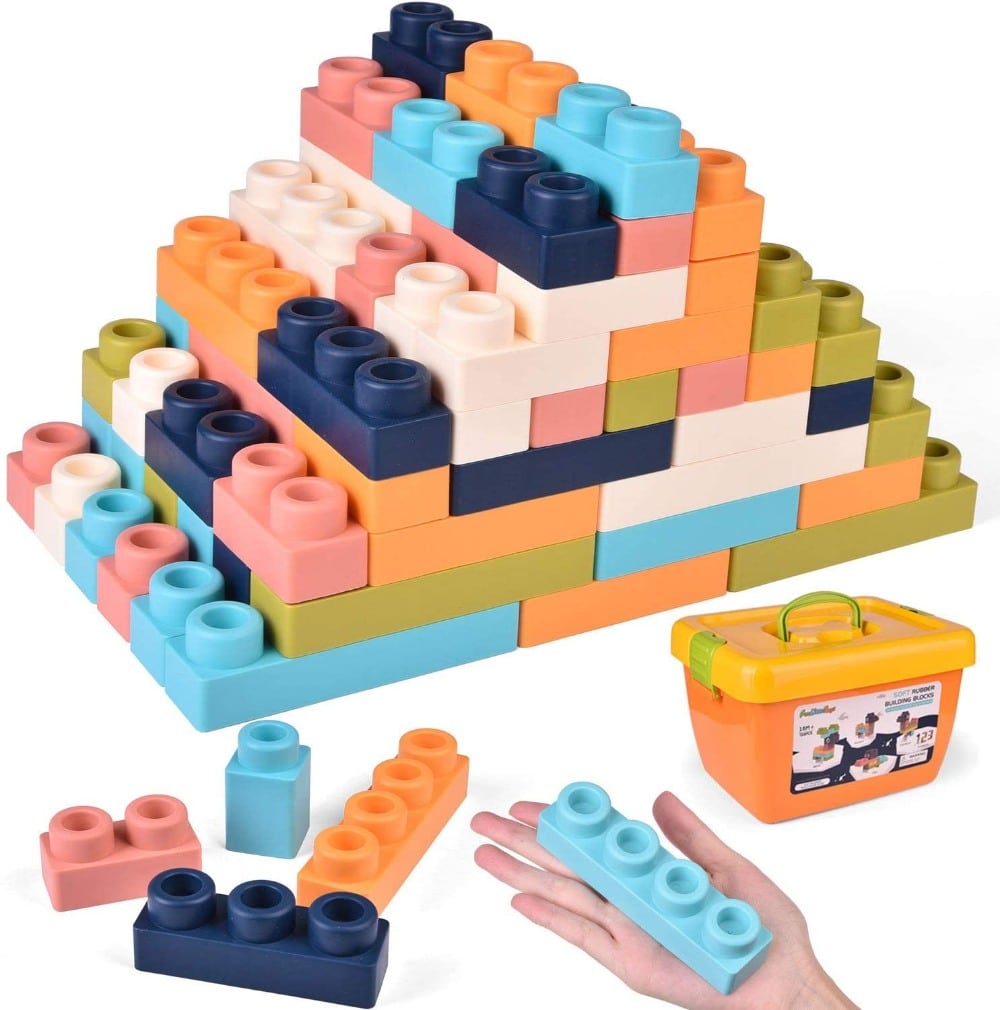
The first and most common material is plastic. Plastic building blocks were (and are still today) popularized by the Lego brand. In fact, when people think of building blocks, they most automatically visualize Lego-style plastic interlocking blocks.
Other than interlocking, however, there are not that many types of plastic building blocks at all. Maybe a few magnetic and specialized plastic building block sets, but we’ll get into that later.
Wooden Building Blocks

Wood is my favorite building block material. Since I run a shop for modern wooden blocks, I’m pretty biased. But I’m definitely not alone.
Recent years have shown a real Renaissance for natural wooden blocks, and it’s reignited a surge in creativity and imagination around wooden blocks and what kids should play with.
One reason why wooden building blocks have become so popular is our generation cares about the environment. Day to day life — even when sipping Starbuck’s iced-coffee — we see a driving force for sustainable choices that are healthy both for ourselves and the planet. This is just one reason wooden blocks you can be proud to get behind wooden building blocks!
The other reason may just be my own out-of-the-box opinion. I believe wooden blocks’ upward trend is closely correlated with the widespread adoption of internet technology. Parents are warier than ever about the hazards of too much screentime for their kids. At the same time, online marketplaces like Etsy and Shopify enable more independent woodworkers to take their blocks to market.
Other Less-Common Building Blocks Materials
Back to materials… There are various other materials that building blocks are made out of.
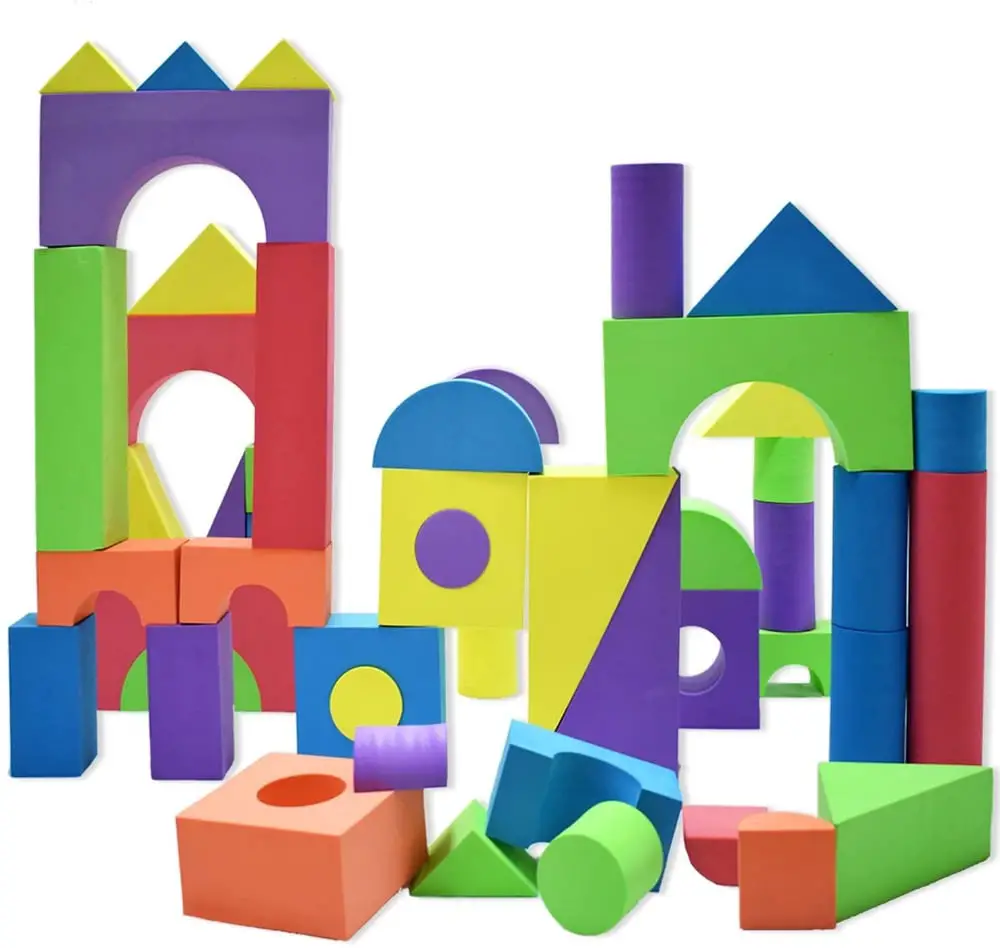
Foam — usually an EVA foam material to be exact — a commonly used to make jumbo-sized soft wooden blocks. These provide an ultra-safe play environment for babies, toddlers, and young children, so not surprisingly, foam building blocks are popular in preschools and kindergartens — places where lots of kids can play together.

Cardboard is used to make an old-school type of building block. It’s the same idea as foam building blocks — large, light, and safe to play with. But these are definitely losing popularity since the foam material works so well for this purpose.
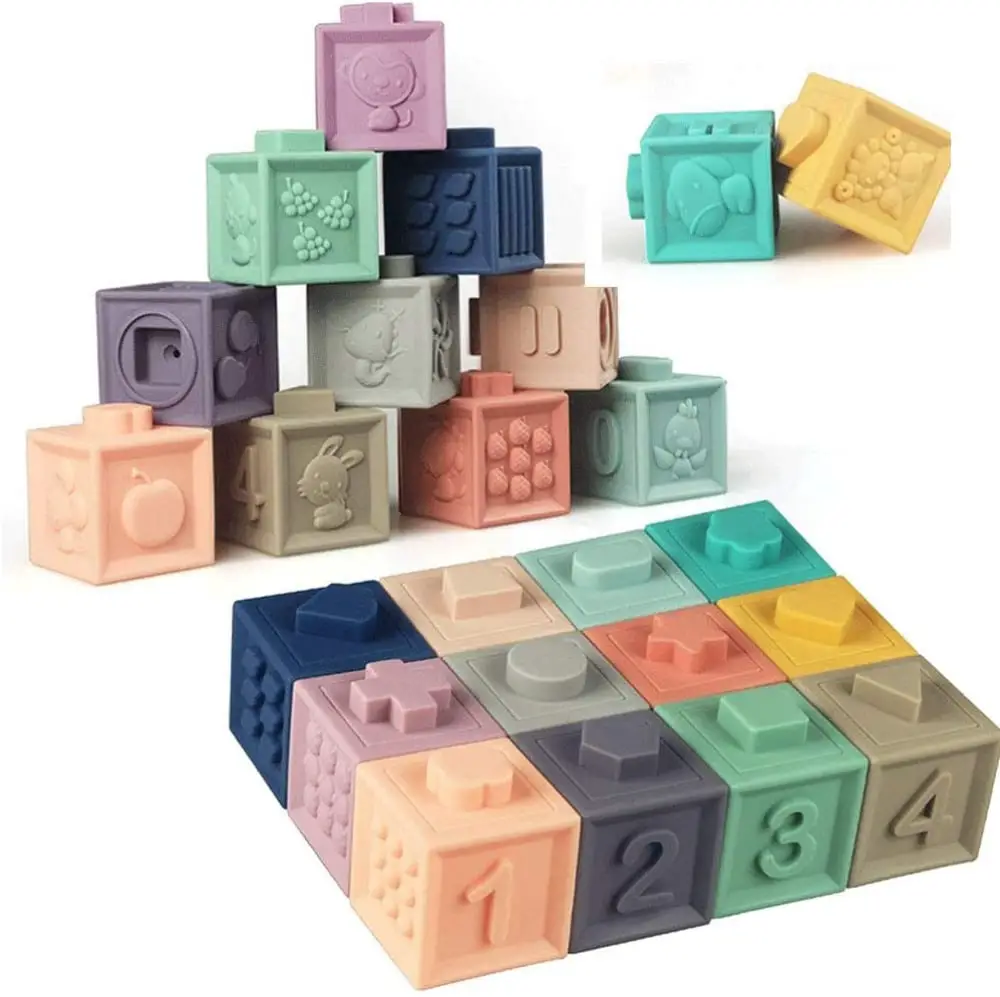
Silicone is the new kid on the block. So far, silicone is almost exclusively used to make soft building blocks for toddlers and babies. That’s because they are semi-soft, toxin-free, and water-proof, so babies can safely chew on them during their teething stages — or even take them into the bath for a rub-a-dub fun time.
Categories: What are the most popular types of building blocks?
This is probably what you came for. I’ve said it time and again, the world of block toys is expanding — with new innovative building blocks coming out every year. To get you up to speed, here’s a summary of today’s most popular kinds of building blocks for kids.
Disclaimer: I’m most familiar with wooden building blocks, so please accept my apologies if blocks of other materials take a back seat as we discuss the different types below.
Alphabet Building Blocks
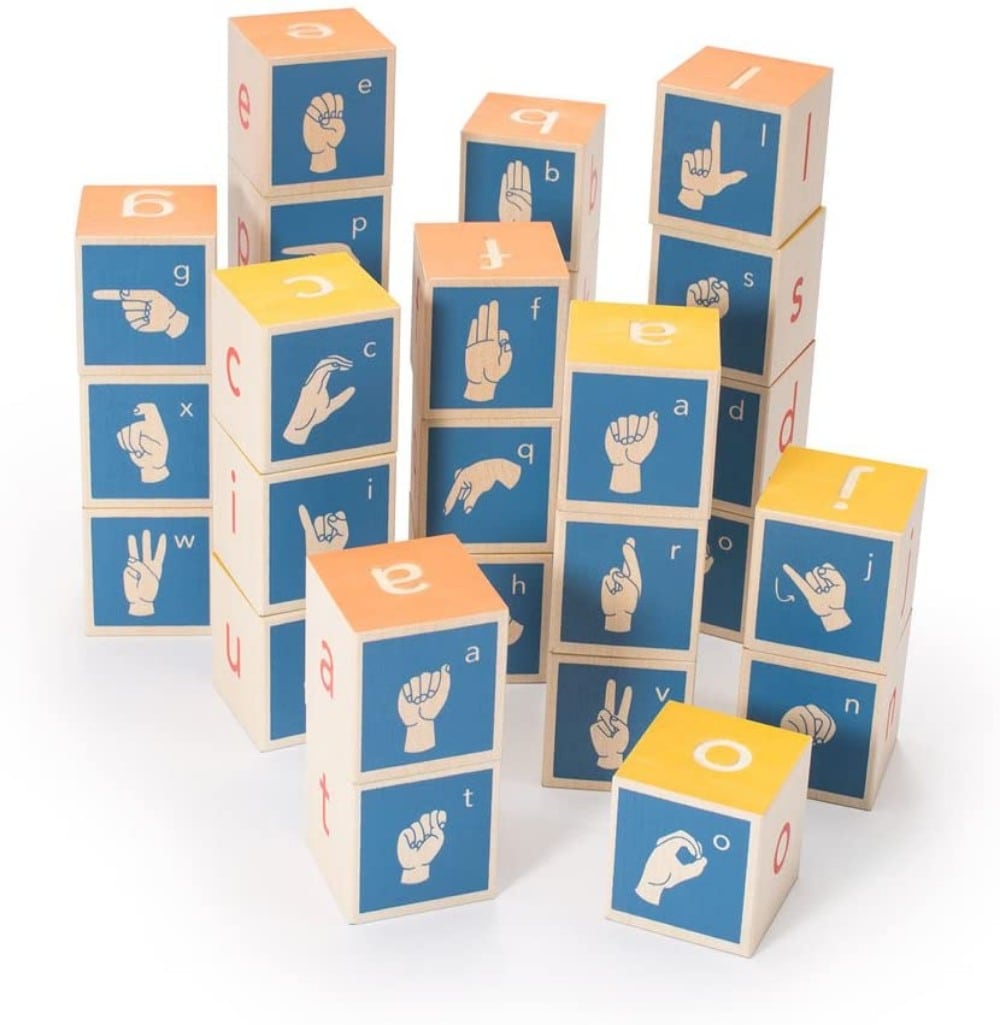
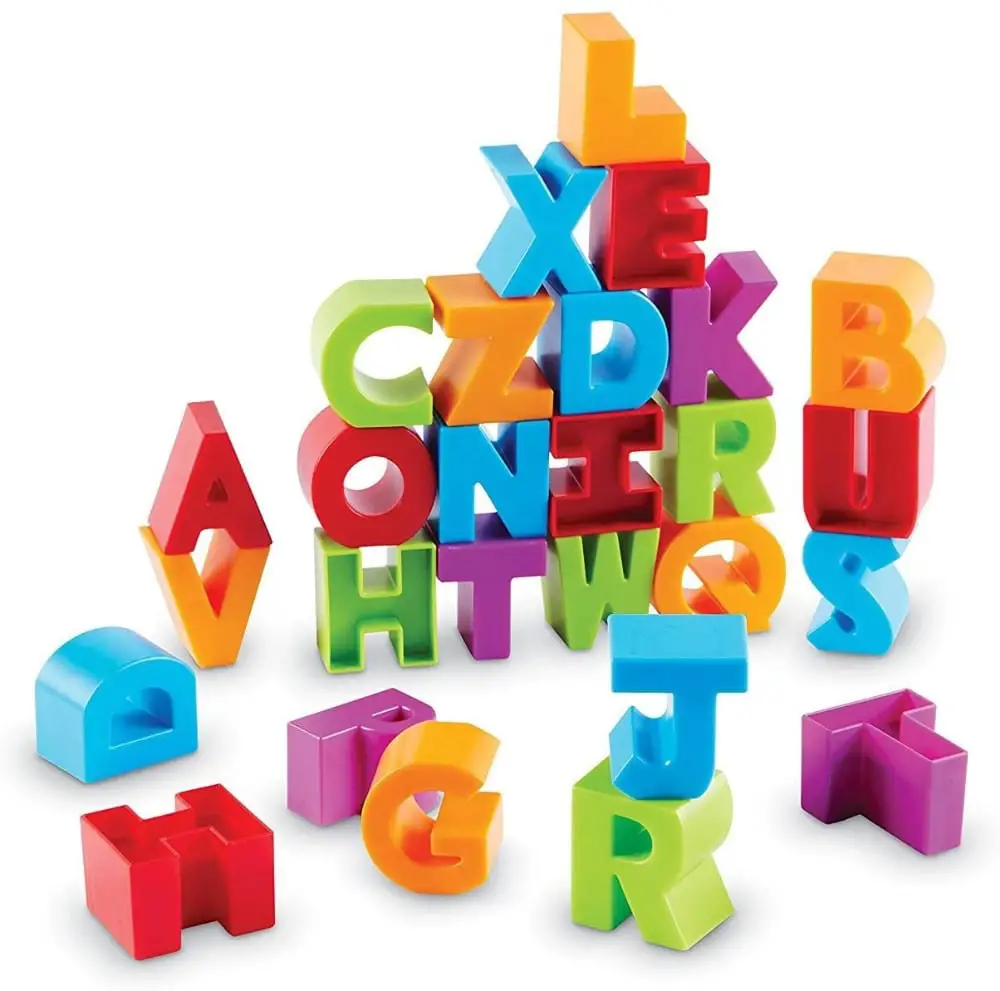
The alphabet starts with A, so let’s start with alphabet building blocks. Alphabet blocks are a century-old educational toy. I’m sure it was soon after toy blocks were invented that people started engraving letters onto them. It makes perfect sense!
Can you imagine any better way for a young child to learn the alphabet, than by actually grasping the letter in their little hand? The beautiful symbolism between grasping a physical object and grasping a learning concept? As far as educational toys go, I love the idea behind alphabet blocks!
Fast forward to the 21st century, there is a building set of alphabet blocks for every purpose and in every language. They’re an early-childhood staple.
Magnetic Building Blocks
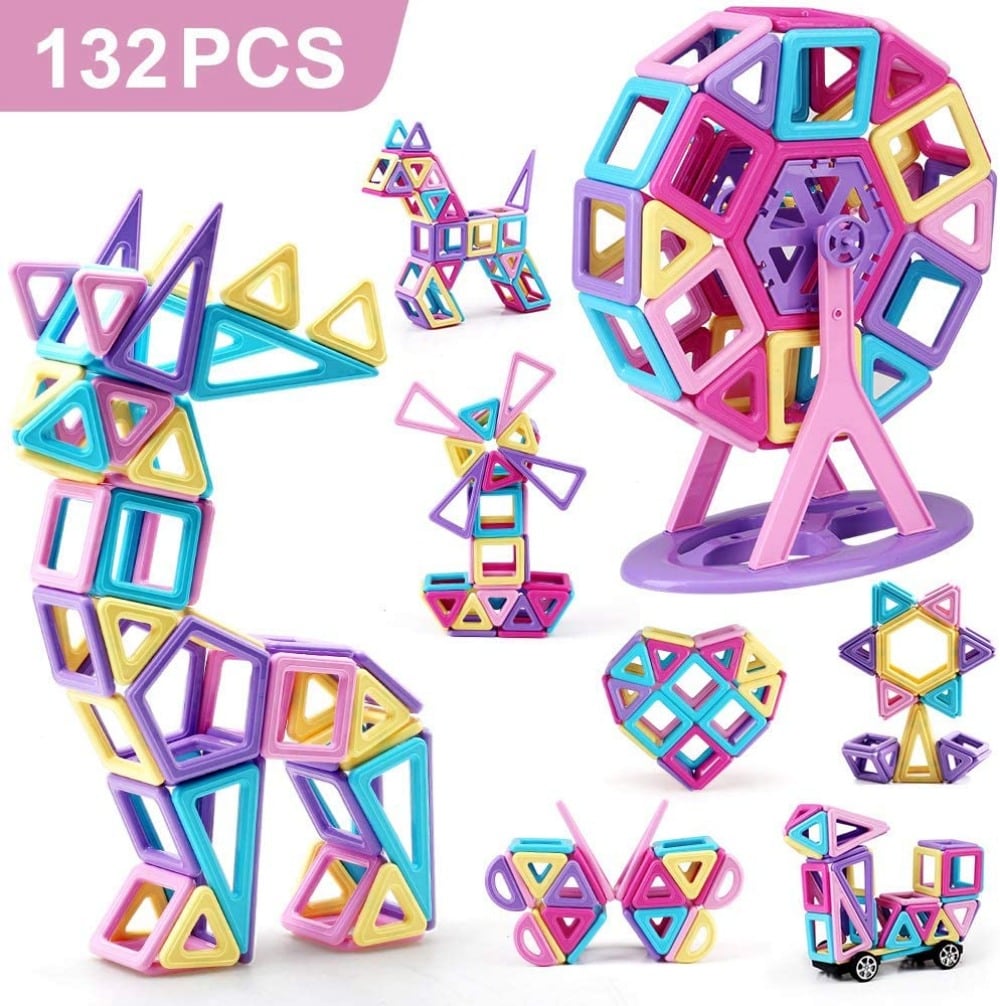
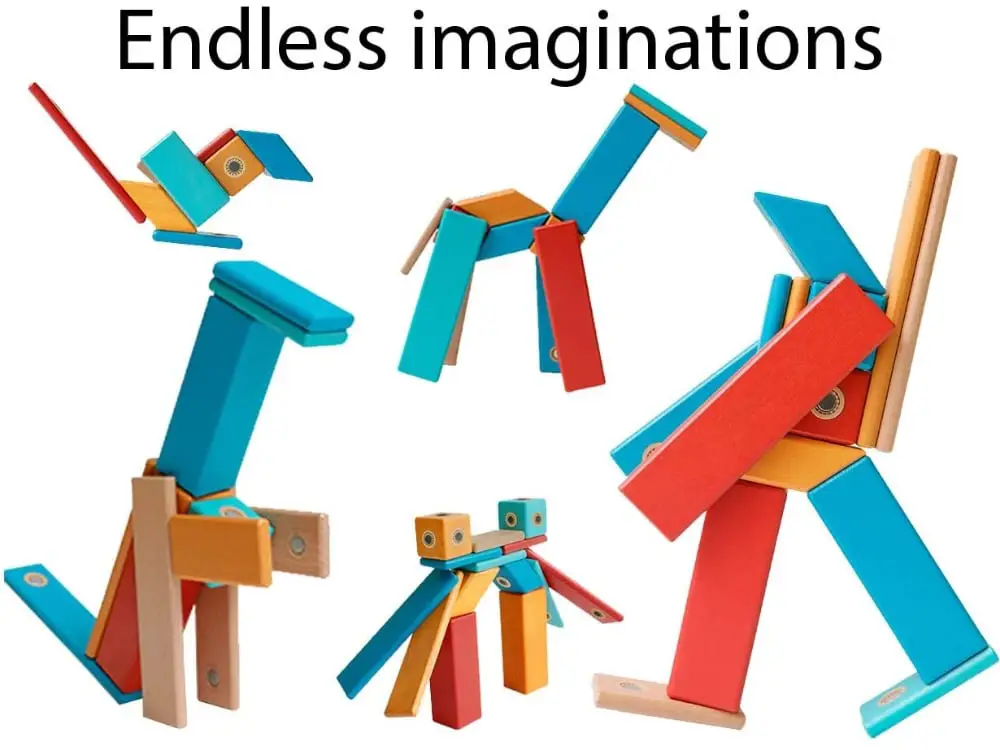
I believe the future of building blocks will only become more and more magnetic. Don’t get me wrong, magnetic building blocks have been around for years now, but I think we are just now starting to see them reach their potential.
Just a few years back, you could only find blocks with the magnets visibly embedded into the surface — a little awkward. But we now have new block-making technology. There are some really cool geometric plastic magnetic blocks on the market — perfect for kids serious about a career in architecture.
But my favorites are, of course, the recent advancements in magnetic wood blocks. Nowadays, there are solid wooden building blocks with the magnet completely embedded inside each block, so that the magnet is invisible beneath the surface.
I don’t actually know how it’s possible. I do know first hand, however, the powerful feeling you get when holding two building boxes together by magnetic force alone. This is the future, and it’s awesome!
Rainbow Building Blocks
[products limit=”4″ category=”rainbow-blocks” columns=”2″ orderby=”rand”]
The rainbow blocks shown are actually from our own shop. If you choose to shop with us, we’d appreciate it!
Rainbow building blocks — at least as far as wooden blocks go — are the probably most popular type. If you check out the #RainbowBlocks hashtag on Instagram, you’ll know immediately why people love them so much.
They’ve got a huge Montessori- and Waldorf-inspired fan base parents, homeschoolers, and early childhood educators. It’s almost like an entire culture has been built around the idea of natural toys and experimental education — and rainbow blocks are the mascot.
Rainbow building blocks are actually what got me interested in building blocks in the first place. I think the reason why they’re so popular is their sheer beauty. The unique shapes, the appealing colors, how the toys fit together as a holistic play environment — please do check out some rainbow stacker play ideas, and you’ll know exactly what I mean.
They’re both beautiful and creative, and that’s what I believe attracts so many new parents to them. I’ve got a secret hunch that most parents buy them for their kids, but the parents actually play with them as much if not more.
Where Legos are for nerds (hey, nerds are cool), this type of building block is as good as it gets for parents who are into healthy organic lifestyles, creativity, and mindfulness.
Interlocking Building Blocks
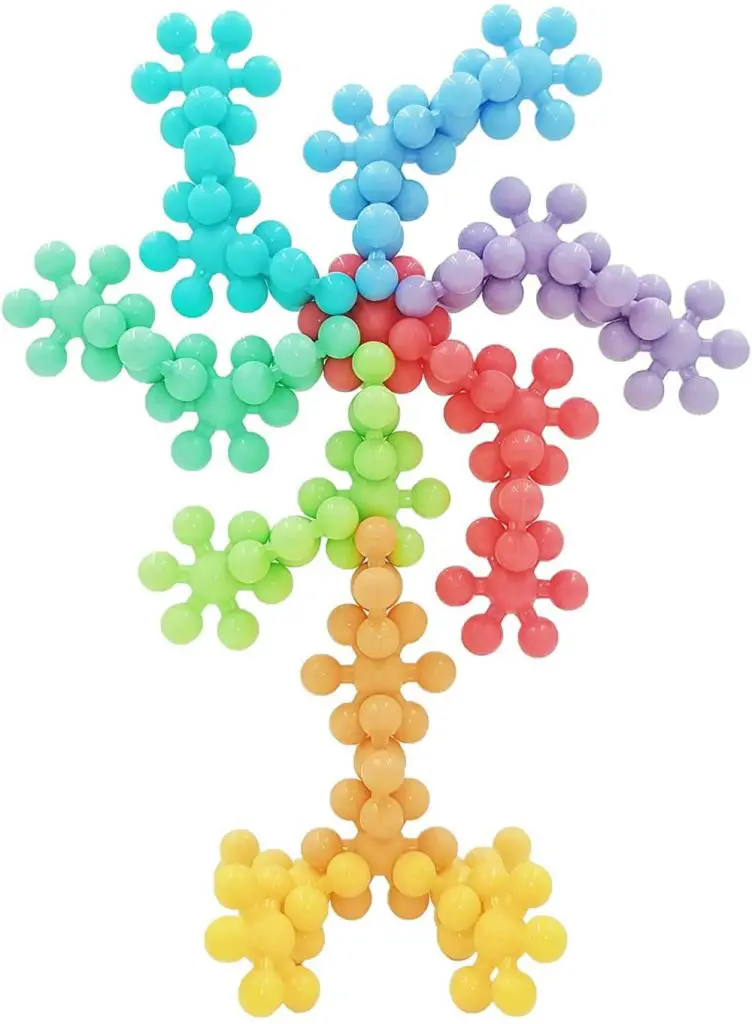
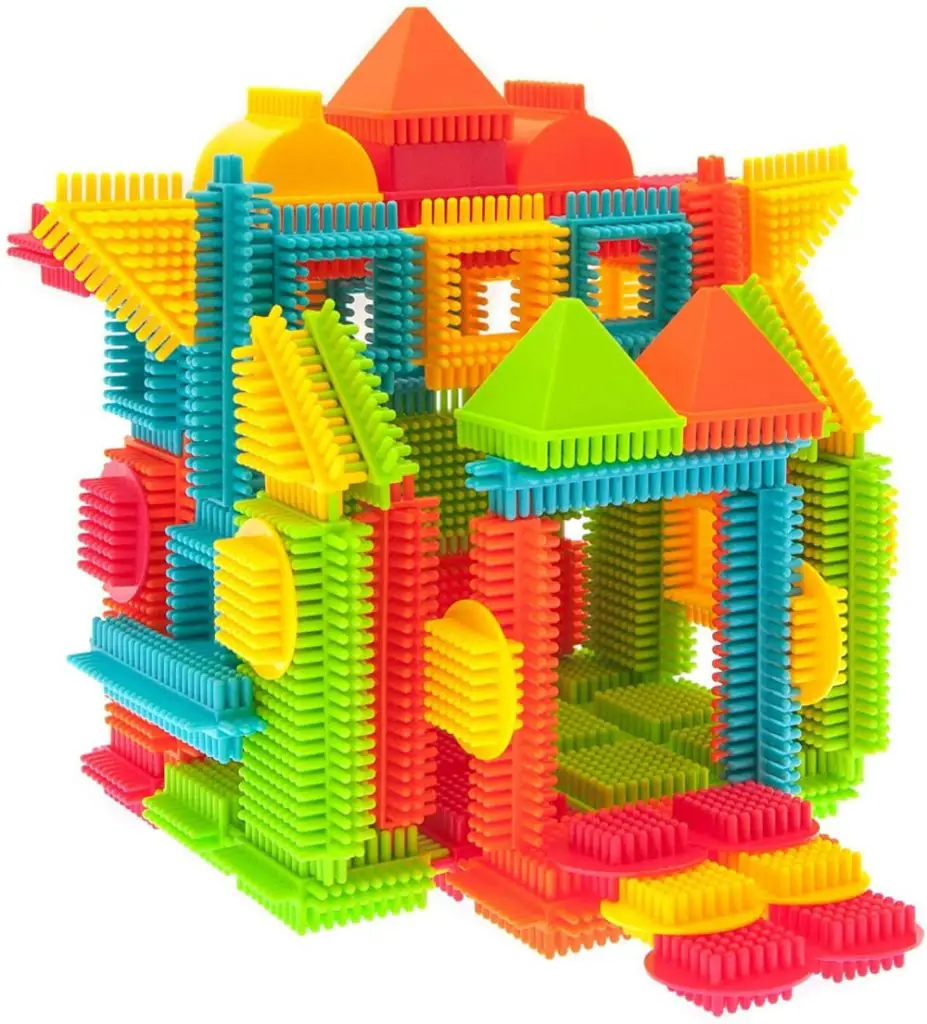
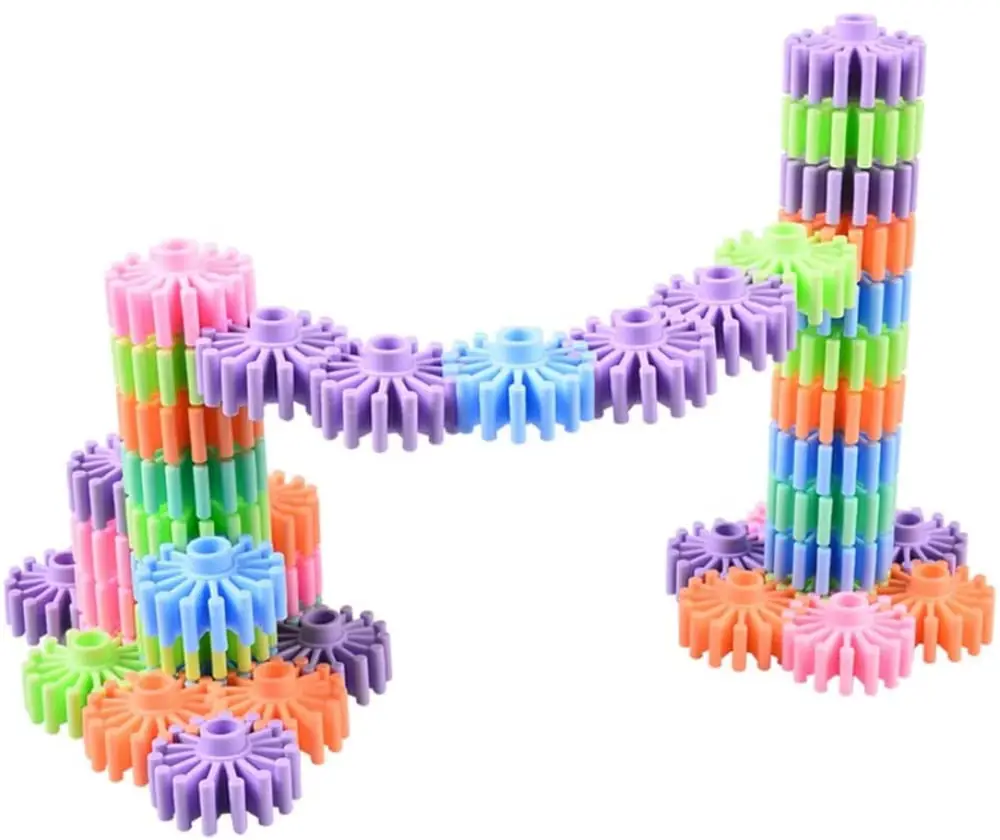
These are the most well-known due to Lego’s monolithic success. But the Lego brand only offers one of the many types of interlocking blocks, and it’s a real shame more people don’t know about other types.
Interlocking is where the plastic material performs best, and I’ll tell you why. The act of “interlocking” means to fit pieces together via the pieces’ projections and recesses. Think Lego blocks for a moment — the bumps on top are the “projections” and the openings underneath are the “recesses”.
Since plastic can be injection-molded into virtually any shape and can be manufactured to any degree of flexibility, it’s the perfect material to make crazy-shaped blocks that lock together in crazy ways.
Plastic interlocking blocks win the gold medal when it comes to building blocks that lock together and stay together. Since lots of people want to display their building blocks creation on a shelf permanently, this is a perk that shouldn’t go unnoticed.
Keeping the debate about environmental sustainability aside, plastic interlocking blocks are pretty much the antithesis of natural wooden blocks, but I couldn’t be happier to watch this little rivalry unfold.
Castle Building Blocks
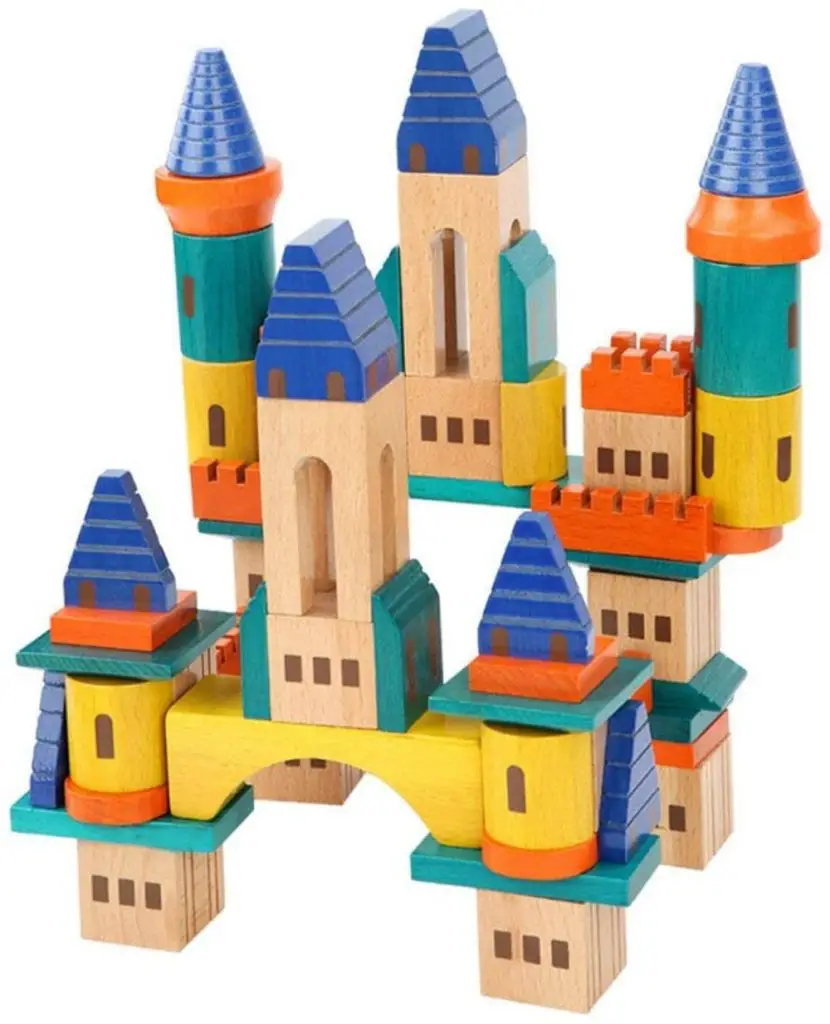

A conversation about building blocks just isn’t complete without mention of castles and fortresses. Real historic castles from empires of past share that one commonality — they’re built block by block.
What I like about castle building blocks most is their versatility. A play set of castle blocks consists of mostly standard geometric blocks but also a few unique castle-specific pieces. So, even when you buy multiple different castle block sets, you can mix-and-match them together to build an even bigger, more intricate, more magical castle!
Boasting sturdy fortified walls and towers as tall as the eye can see, this type of building block toy transcends all materials and sizes.
Most are a good size for table-top play, but some fortress construction sets are large enough to erect an actual child-sized building to play inside. Whether wood, plastic, brick, or concrete, the blocks fit together to build a deluxe-sized massive structure fit for a king.
Giant Building Blocks
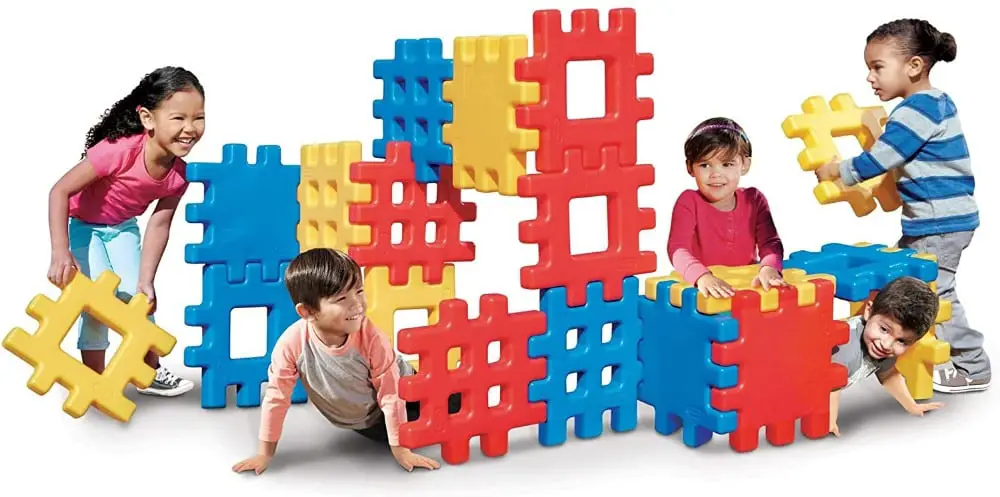
I talked a little bit about giant building blocks before, so I won’t discuss too deeply. Whether it’s for preschool children to play with or just a jumbo-sized version of a certain type of building blocks — I hope by now, I’ve demonstrated the point that there are tons of different kinds of large building blocks on the market.
I would, however, like to give a special shout out to giant outdoor wooden blocks. They’re proof that creative play doesn’t always need to be an indoor activity. Outdoor blocks are great for backyard activities for kids and adults alike.
Building Blocks For Crafts
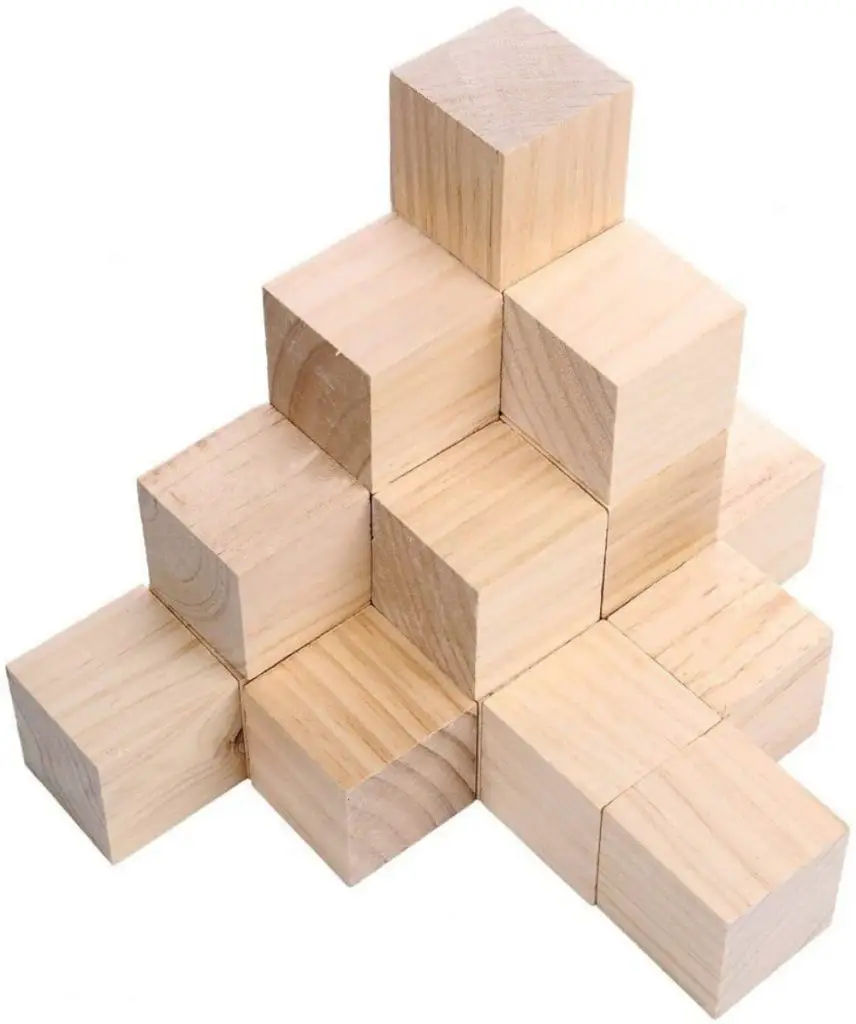
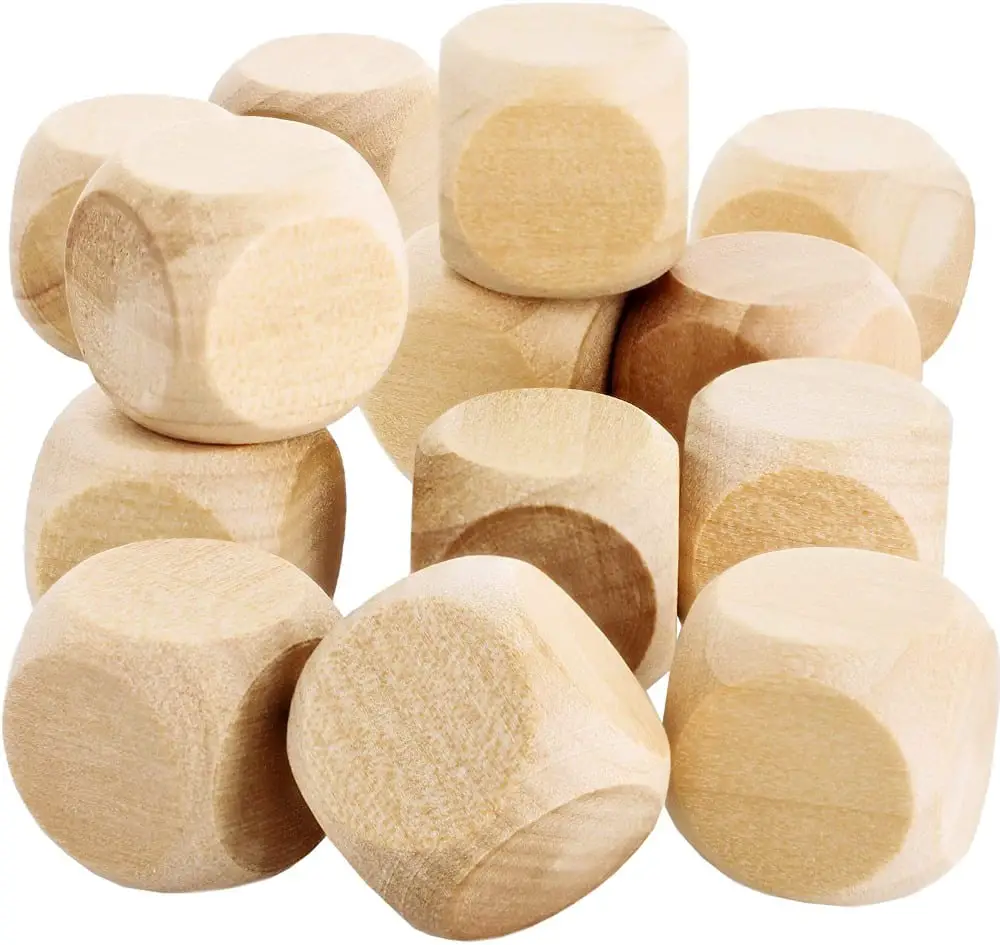
Have you ever seen the #KindnessRocks movement on Instagram? People paint cute art and positive affirmations onto rocks, then place them in nature for random strangers to find. It brightens everyone’s day.
Hand-painting building blocks is the same idea. It brightens everyone’s day.
OK, you caught me, again! This type of building blocks is for wood only. There are people who love playing with building blocks from the store, and there are master woodworkers who expertly craft their own building blocks from scratch.
If, like me, you’re not a carpenter, then painting building blocks is an easy activity that I just can’t recommend enough. All you need is some unfinished building blocks and some paint or dye, and you can make a building block set completely your own — with your favorite colors or design.
Crafting with building blocks holds a special place in my heart since it’s an entry-level activity where non-artistic people like me can unlock their creativity and discover a great deal of enjoyment.
Even if your first batch doesn’t come out exactly as you’d hoped, they still make thoughtful gifts for family and friends — or random strangers that find your #KindnessBlocks.
Specialized Building Blocks
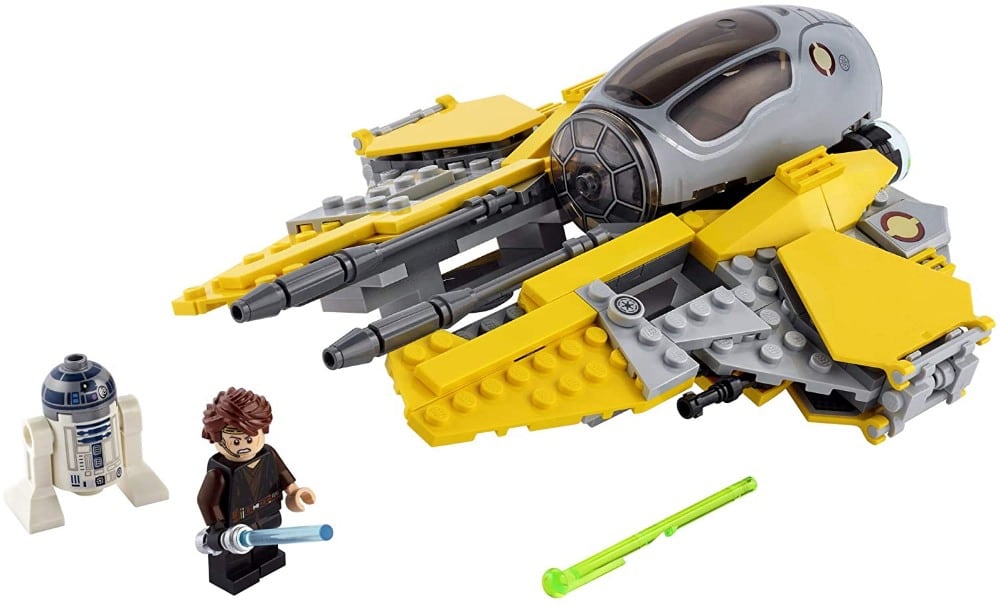
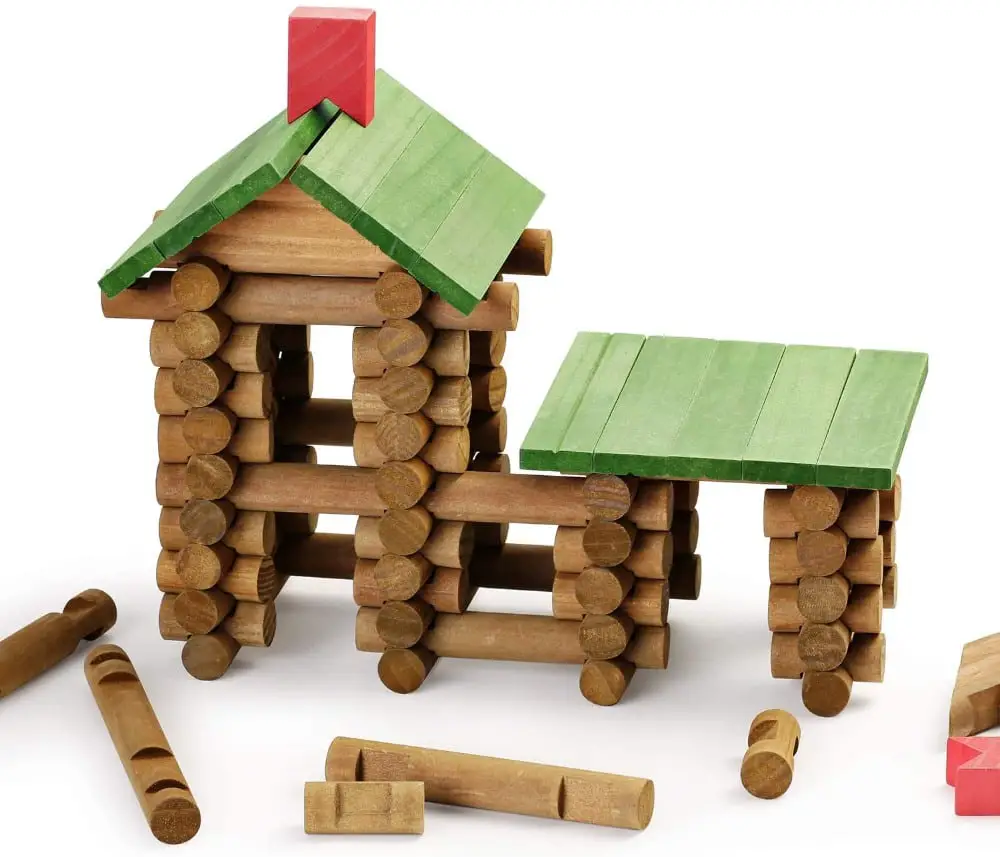
There’s no other way to say it. Some blocks just don’t belong to any single category. When I run across these kinds of blocks, I just call them “specialized” — it’s my own definition but it’s come after years of working with all different types of building blocks.
Specialized building blocks are built for a specialized play purpose, and often hold unusual shapes or are part of a part-toy part-blocks hybrid set.
A wooden baby walker toy — with blocks — is an excellent example. It looks like a wooden lawnmower with the wheeled base and long push handle, but there’s a set of building blocks that sets neatly in the base.
Another example would be a StarWars Lego Set for building a specific spaceship. Most pieces will be regular Lego building blocks, some will be specific to the set and won’t work well with other non-StarWars Lego sets.
The classic Lincoln Logs are another great example. The pieces are long columns just like miniature logs, but they have two or the flat segments in the middle so that the pieces connect together into a log cabin.
Each of the examples above demonstrates building blocks specialized for a specific purpose — hence the name.
Over To You!
I hope you learned a lot about all the different types of building blocks, some block-market trends, and some other interesting factoids along the way.
I sprinkled my own opinion throughout this post much more than I usually do, so I think it’s time I heard yours.
- What’s your favorite kind of building blocks?
- Why do so many people only know about Legos?
- Which type of building blocks do you think are best for kids?
- Have you ever tried painting your own blocks?
Let me know in the comments below!
